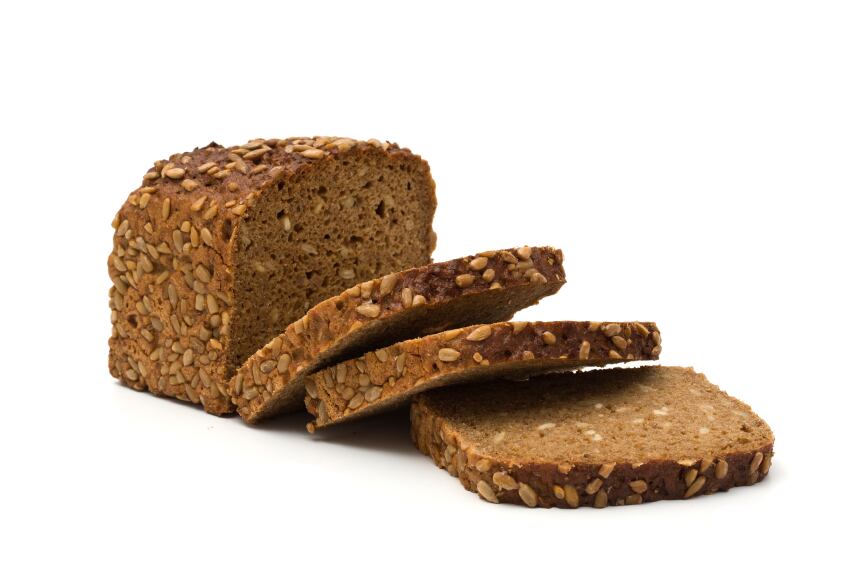Findings from research published in the International Journal of Food Sciences and Nutrition, remarked on the beneficial effects on the cardiovascular health of subjects consuming bread made from these grains.
Current agricultural strategies have mainly focused on improving the yield production of wheat. While this has been realised, it has been at the detriment of the grain’s nutritional profile.
The commercial success of these grains has also meant ancient varieties have fallen out of favour proving unsuitable for a high-input conventional cultivation system.
The findings also hope to highlight the health benefits of these grains, which could convince producers to use them to produce healthier bread.
These grains--grown organically--could yield more nutritionally superior products not just in cereal but other plant crops.
“We discovered that the organic approach was the only one that could produce old grain varieties,” said Francesco Sofi, associate professor of Nutritional Sciences at University Hospital of Careggi in Florence.
“With a conventional approach these varieties won't be available. Therefore, while it's true for grains, it is also true for other foods such as fruit and vegetables.”
Study details

The study enrolled 45 healthy adults with an average age of 50 into a multi-phase trial. Subjects were first randomly assigned to two dietary groups. One group (22 participants) included organic bread whilst the other group (23) included conventionally cultivated bread that used the ancient grain Verna.
Two months later, all subjects were asked to consume bread made with the modern grain Blasco.
The last phase saw subjects asked to eat bread made with two ancient grain varieties--Gentil Rosso and Autonomia B—that were both conventionally cultivated.
When compared to readings taken at the start of the study it was found that total cholesterol and low-density lipoprotein (LDL) cholesterol had reduced after consuming bread made from organically or traditionally grown ancient grains. Blood glucose levels were also significantly decreased.
No differences were observed with biomarkers of cardiovascular disease (CVD) when subjects ate bread made with modern grains.
Additional results also indicated an increase in regenerative cell numbers after bread made from the ancient grain Verna was eaten.
Sofi believed the results of the study made a case for foods made from ancient grains to be better accessible to the consumer.
“These foods are already becoming familiar to the consumers in some parts of Italy,” he explained. “In Tuscany, for example, many bakeries have already started to produce old grains, and bread obtained by old grain variety is becoming quite popular.
Consumer demands

The professor commented that a combination of economic and cultural factors as well as production costs had led to the demise of these old grains and with it, potential health benefits that have become a major selling point with food manufacturers.
Studies have identified a number of beneficial components of cereals that has a nutritional profile very much dependent on its production, storage, processing, and climatic conditions of the source grains.
Different varieties of grains contain different levels of B-group vitamins and antioxidants. In this context, ancient grain varieties have presented a better nutraceutical profile when compared to modern varieties, particularly in terms of antioxidant substances, vitamins and minerals.
Source: International Journal of Food Sciences and Nutrition
Published online ahead of print, DOI: 10.1080/09637486.2016.1216528
“Cardiovascular benefits from ancient grain bread consumption: findings from a double-blinded randomized crossover intervention trial.”
Authors: Franceso Sofi et al.
